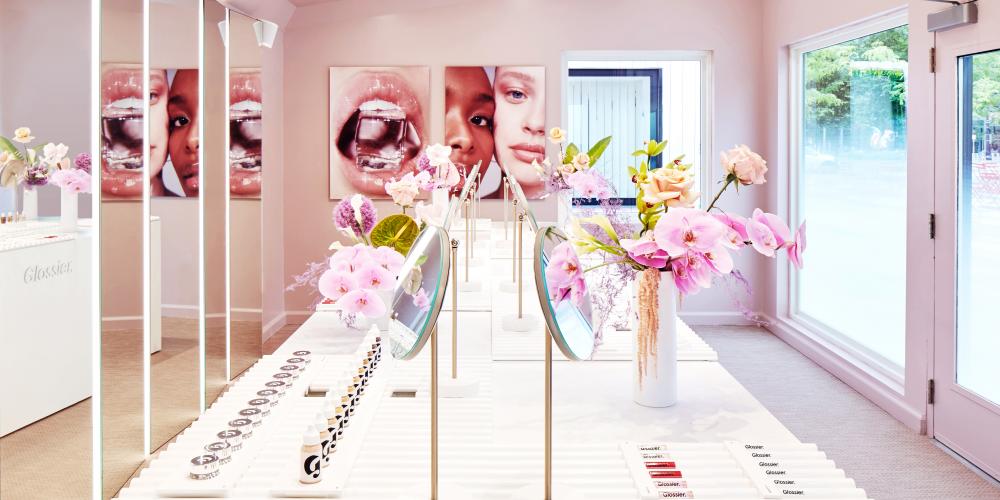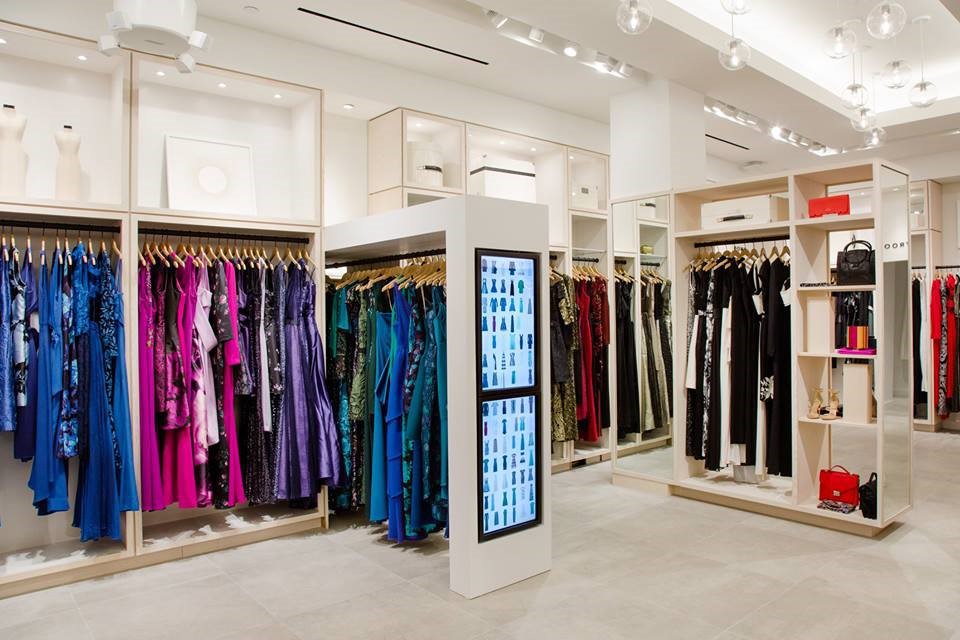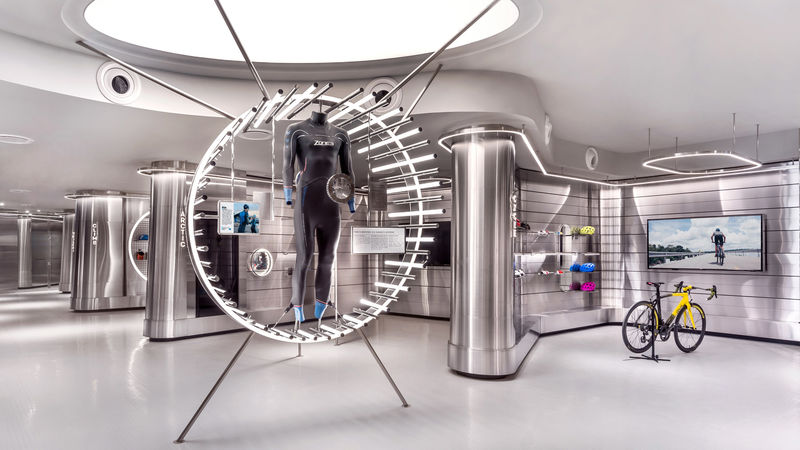As we are approaching the end of the year and are excited about what the new decade will bring, we can’t help but think of the major transformation the retail industry has gone through in the last ten years, with special emphasis on the redevelopment of brick-and-mortars. Indeed, the last decade was ever-changing for the retail world, bringing with it trends that greatly shaped the industry how we know it today.
The explosion of e-commerce, led by giants like Amazon, created a shift to online shopping, pressuring small retailers, and setting the tone for every other component of the business. Resulting in the establishment of direct-to-consumer brands, we have witnessed a change in traditional advertising and the way companies communicate with their audience.
With the adoption of influencers as spokespersons for brands, the latter have been focusing on cultivating mass followings on social media, while still trying to keep an authentic experience. Competing with this new form of commerce, brick-and-mortars have been struggling to find their unique selling point, leading to the retail apocalypse and the closure of more than 9,037 stores in 2019 in the US alone.
However, as we enter the last stage of the decade, we are starting to notice the rise of new trends: the rebirth of brick-and-mortars as points of experience, a rebellion against fast fashion and the quest for sustainability, and the redevelopment of the way we shop. On that note, here are some trends to keep an eye on during 2020, as they are likely to set the path for the decade to come:
Physical Stores are here to stay
Although the last decade was greatly marked by a shift to online, it does not mean that physical stores will disappear. Despite saying bye to the traditional store model, future brick-and-mortars will mainly be centered around the element of experience, which we are already witnessing among big retailers.
What is more interesting to see is that digitally native brands as Glossier, Warby Parker and ThirdLove are already starting to launch their physical stores, despite starting as purely online. Largely influenced by the rise in digital advertising rates and the fierce competition for views on platforms as Instagram and Facebook, many have started opening brick-and-mortars.

With that in mind, digitally native brands are expected to open 850 physical stores in the next 5 years, hushing the rumors of the retail apocalypse.
Although the brick-and-mortars focus on experience, and online shopping on speed and convenience, besides these two, a niche market for convenient stores is being developed. These quick, in-store experiences, will serve beyond its traditional setting as a corner market. They will become a strategic part of brick-and-mortars, focusing on busy shoppers who still want to have an in-store experience. With consumers’ preference for convenient, smaller format stores, some predict its global sales to reach $4.9 billion by 2022.
Rental services, subscriptions, and swaps are en mode
Instead of always buying clothes from stores, consumers are progressively starting to use rental services, clothing swaps, and vintage offers. With that in mind, many turn to alternatives as Rent the Runway, the subscription fashion service that powers women to rent unlimited designer styles, or United Wardrobe, the fashion marketplace where you can easily buy and sell second-hand clothes. With more and more shoppers becoming aware of the perks of retail, traditional brick-and-mortars will be forced to work on their sustainability goals and offer more transparency over their business.

Some brands that are already leading the sustainability movement such as Patagonia, reject fast fashion by creating long-lasting, high-quality items and offering its customers a repair and reuse program. With a lot of pressure on the retail industry when it comes to their impact on the environment, many will be forced to make changes on this note.
Hand in hand with the need for sustainability, some shoppers will also turn to local, authentic stores, to look for unique, value products. As authenticity is one of the most important features consumers require from brands, much emphasis will also be put on the customization of products. In this way, shoppers will be able to create their own product, that no one else has (we have already written about the importance of personalization, and you can read all about it here).
Technology will further enable experiences
Big companies have already started implementing AR and VR in their strategies in the last few years, and as this technology is becoming more affordable, we will see its implementation more often. Moreover, as platforms that help stores build their virtual worlds are on their way, it will enable retailers to use its full potential even more.
Hence, focus on creating experiences such as 3D environments will become the norm in the period to come. Besides AR and VR that focus on bringing customer’s experience to the next level, we will see much advancement in areas that make shopping more convenient. Automated checkouts, personalized discounts, and smart shelves are all aspects that will soon become the norm in most stores.

Finally, with the rising concerns around GDPR, to improve the overall shopping experience and apply the aforementioned technology, retailers will finally have to work on precautions that prioritize data security. 2020 will indeed be an exciting year for the retail industry, and we are looking forward to seeing the future developments.
Are you curious to learn more? Through our integrated decision-making platform at StoreDNA, we help you deliver dramatically improved performance through better product assortments, store layouts, visual merchandising, and associate optimization. Learn more here.